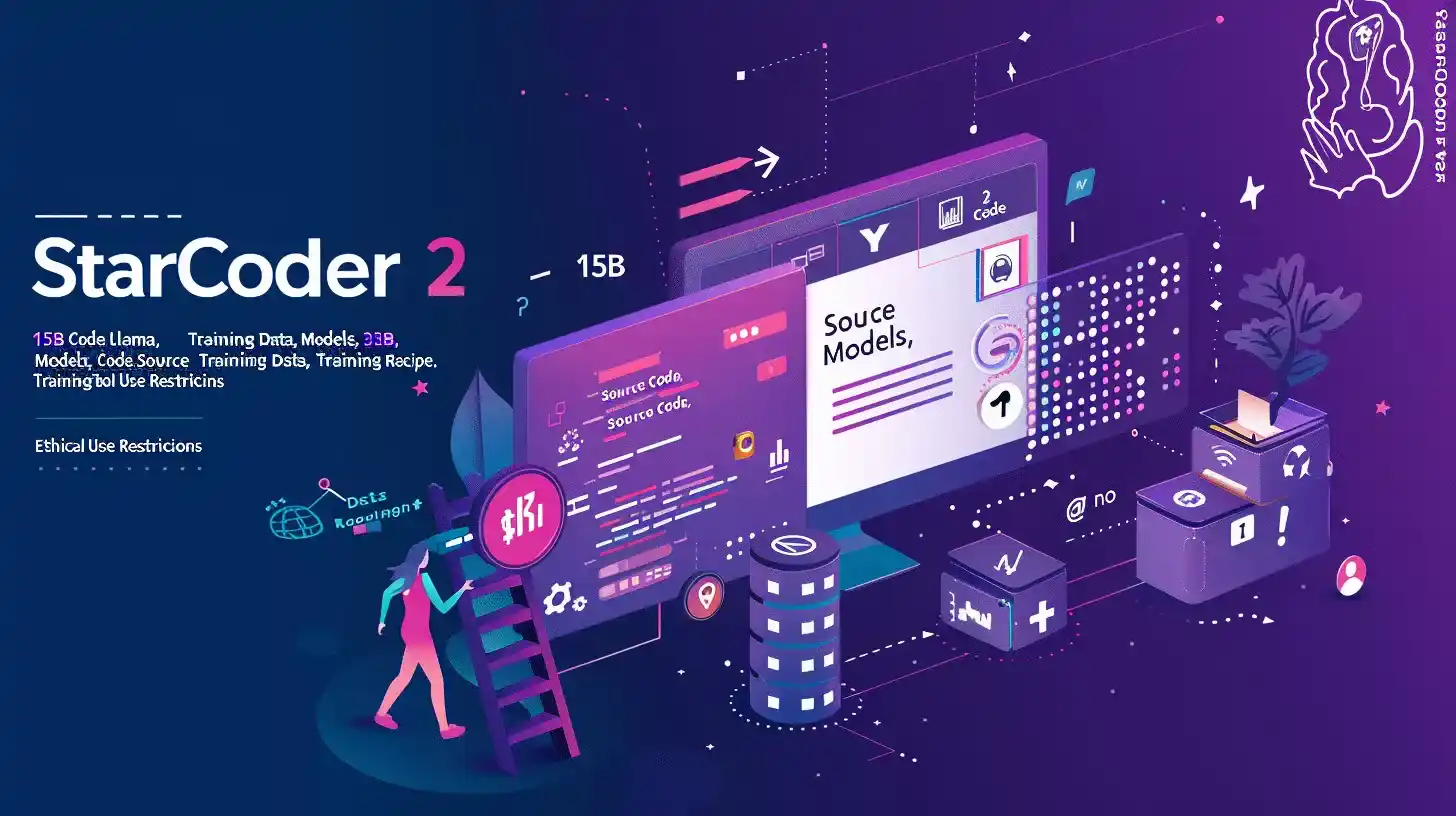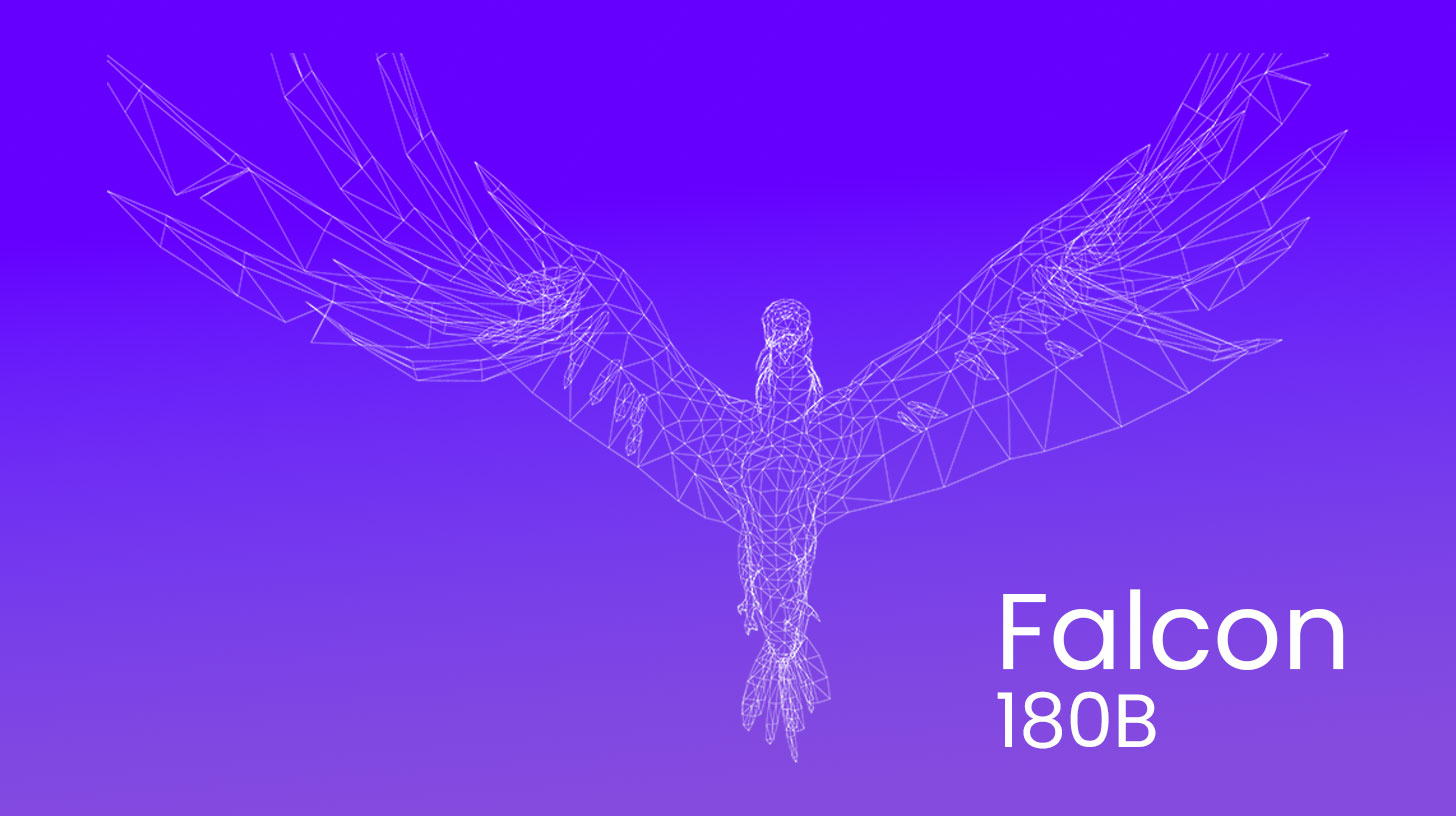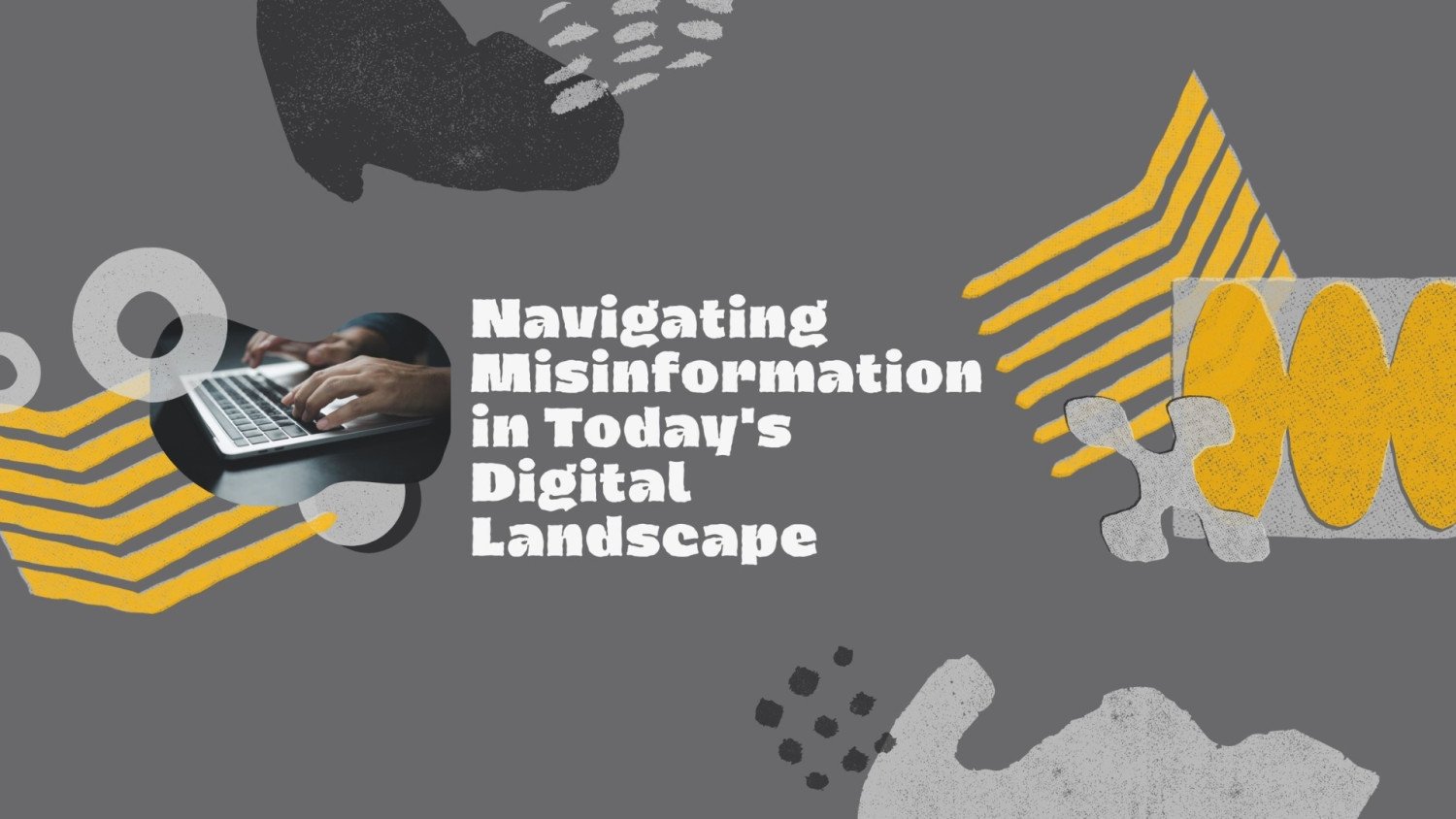10 Top Open-Source as well as Closed-Source LLMs for 2025 and Their Uses :

The so-called large language models (LLMs) are responsible for the present revolution in generative AI. AI systems called LLMs are used to model and process human language. They are based on transformers, a potent neural architecture. They are referred to as "large" because they contain hundreds of millions or perhaps billions of pre-trained parameters derived from a vast corpus of textual data.
Popular and extensively used chatbots like Google Bard and ChatGPT are based on LLM models. While Google Bard is built on Google's PaLM 2 model, ChatGPT is specifically powered by GPT-4, an LLM created and owned by OpenAI.
The underlying LLMs of ChatGPT, Bard, and numerous other well-known chatbots are proprietary. This indicates that a business owns them and that users can only use them after purchasing a license. Along with the rights that come with the license, there may be limitations on how the LLM can be used and little knowledge of the workings of the technology.
However, open-source LLMs are a rival movement in the LLM arena that is quickly gaining traction. Open-source LLMs promise to make the quickly expanding fields of LMMs and generative AI more innovative, transparent, and accessible in response to growing concerns about the lack of transparency and restricted accessibility of proprietary LLMs, which are primarily controlled by Big Tech companies like Microsoft, Google, and Meta.
The purpose of this article is to examine the best open as well as closed source LLMs that will be accessible in 2025. Even though ChatGPT and (proprietary) LLMs have been around for couple of years, the open-source community has already accomplished significant milestones, and there are a sizable number of open-source LLMs accessible for various uses. Check out the most well-liked ones by reading on!
The Advantages of Open-Source LLMs
- Improved privacy and security of data
- Savings and less reliance on vendors
- Actively supporting the community and encouraging creativity
- Taking care of AI's environmental impact
2025's Top 10 Large Language Models
Llama 3.3-70B:

With support for over eight languages, long-context understanding (128K tokens), and superior performance in benchmarks against both open and closed models, Llama 3.3-70B is Meta's multilingual, instruction-tuned large language model tailored for discourse. With effective resource usage and comprehensive documentation, it provides balanced performance across general knowledge, reasoning, and coding.
It has outperformed both open and closed models in benchmark studies, showing strong performance. Llama 3.3-70B is a flexible tool for a range of applications since it is built for effective resource use and provides balanced capabilities across general knowledge, reasoning, and coding jobs.
Mistral-Large-Instruct-2407:
A 123B-parameter multilingual large language model that excels in long-context understanding (128K tokens), agentic (native function calling, JSON output), reasoning, and coding (80+ languages). Its sophisticated coding and reasoning skills, which span more than 80 programming languages, make it an invaluable tool for software development and challenging computational jobs.
DeepSeek-R1:

An open-source reasoning model for jobs requiring logical inference, mathematical problem-solving, and complicated reasoning is called DeepSeek-R1. Through self-verification, chain-of-thought reasoning, and reflection, it improves its reasoning skills and resolves challenging issues using reinforcement learning approaches. DeepSeek-R1 can effectively handle complex problems thanks to its iterative improvement methodology, which makes it useful for domains requiring exacting logical analysis
SrarCoder2 :

BigCode created the StarCoder2 model, which has a context window of 16,000 tokens and is available in 3B, 7B, and 15B parameter variants. It is licensed under Apache 2.0 and can be used for code completion, multi-language programming, code comprehension, and task-specific fine-tuning. To meet the changing demands of software development and programming support, StarCoder2—licensed under Apache 2.0—is made for code completion, multi-language programming support, code comprehension, and task-specific fine-tuning.
Pythia:

EleutherAI created the open-source Pythia model, which has parameters ranging from 70 million to 12 billion. It was made available on March 13, 2023, and is renowned for being open-source and flexible. and is a useful tool for developers and researchers looking to contribute to the open-source AI community and create customisable AI solutions.
6.Mixtral 8x22B:

In order to improve the model's performance-to-cost ratio, Mixtral 8x22B, a sparse Mixture-of-Experts (SMoE) model with 141 billion total parameters, only utilizes 39 billion active parameters. Organizations looking for effective AI models will find the Mixtral 8x22B appealing because of its design, which maximizes resource consumption while delivering great performance.
7.Falcon 180B:

The Technology Innovation Institute created a family of transformer-based devices. It can speak multiple languages and is open-source. Both text and vision have multimodal capabilities in the 11 billion parameter version. This transformer-based model, which has 180 billion parameters, was created by the Technology Innovation Institute. It has multimodal capabilities, such as text and visual processing in its 11 billion parameter version, and supports a number of languages. Falcon 180B can handle a variety of AI applications, from image recognition to natural language understanding, thanks to its adaptability and large parameter count.
8. OpenAI's LLM, GPT-4o:

It is well-known for its remarkable natural language processing powers. It supports challenging problem-solving activities, has superior accuracy in comprehending and producing writing that is human-like, and possesses sophisticated thinking abilities. GPT-4o is a flexible tool for a range of applications because of its multimodal features, which enable it to process audio.
9. Claude 3.5 (Anthropic):

Anthropic's advanced LLM, Claude 3.5, places a strong emphasis on moral AI and conversational skills. It is appropriate for enterprise-grade solutions where ethical AI usage is crucial because it integrates cutting-edge safety procedures to reduce dangerous outputs. When it comes to reasoning tasks, customer contacts, and summarization, Claude 3.5 is exceptional, producing outputs that are both ethically sound and accurate.
10. Google DeepMind's Gemini 1.5 Pro:

This state-of-the-art multimodal language model is excellent at tasks requiring the combination of speech, pictures, and text. Because of its adaptability, it can be used in fields like education, content production, and customer support where a variety of data processing techniques are crucial. Superior translation performance, sophisticated linguistic structures, and latency-free real-time applications are all provided by Gemini 1.5 Pro.
How to Pick the Best Open-Source LLM for Your Requirements
The open-source LLM market is growing quickly. There are currently far more open-source LLMs than proprietary ones, and as developers from all over the world work together to improve existing LLMs and create more optimized ones, the performance difference might soon be closed.
It could be challenging to select the best open-source LLM for your needs in this dynamic and fascinating environment. Before choosing one particular open-source LLM, you should consider the following factors:
- What are you interested in doing? You must ask yourself this question first. Although some LLMs are only made available for research, open-source LLMs are always accessible. Therefore, be mindful of any potential license restrictions if you intend to launch a business.
- Why is an LLM necessary? This is also quite significant. LLMs are popular right now. Everyone is talking about them and all of their possibilities. However, do not employ LLMs if you can develop your idea without them. Although you will likely save a significant amount of money and stop additional resource use, it is not required.
- What level of precision is required? This is a crucial element. The size and accuracy of the most advanced LLMs are directly correlated. This implies that the model will be more accurate overall if the LLM has larger parameters and training data. Consequently, you should choose larger LLMs like LLaMA or Falcon if you require excellent accuracy.
- What is your desired investment amount? This has a lot to do with the earlier query. The more resources needed to train and run the model, the larger it will be. This means that if you wish to run your LLM in the cloud, you will either need to employ more infrastructure or pay more to cloud providers. Despite being strong tools, LLMs—even open-source ones—require a significant amount of resources to utilize.
- Can a pre-trained model help you reach your objectives? If you can use a pre-trained model, why spend time and money training your LLM from scratch? There are numerous open-source LLM variants available that are tailored for particular use cases. Just for fun, if your idea fits into one of these use cases.
Conclusion
There is an exciting movement in open-source LLMs. Given their quick development, it appears that the large companies who can afford to develop and employ these potent tools will not necessarily control the generative AI market.
The number of open-source LLMs, the number is significantly larger and expanding quickly. We at Boot and Boost will keep you updated on the most recent developments in the LLM industry by offering tutorials, articles, and more such fun stuff.
For now explore our other articles related to AI and business development at Boot and Boost-Blog. Check us out at bootboost.in to dive deeper into innovative ideas and solutions!









